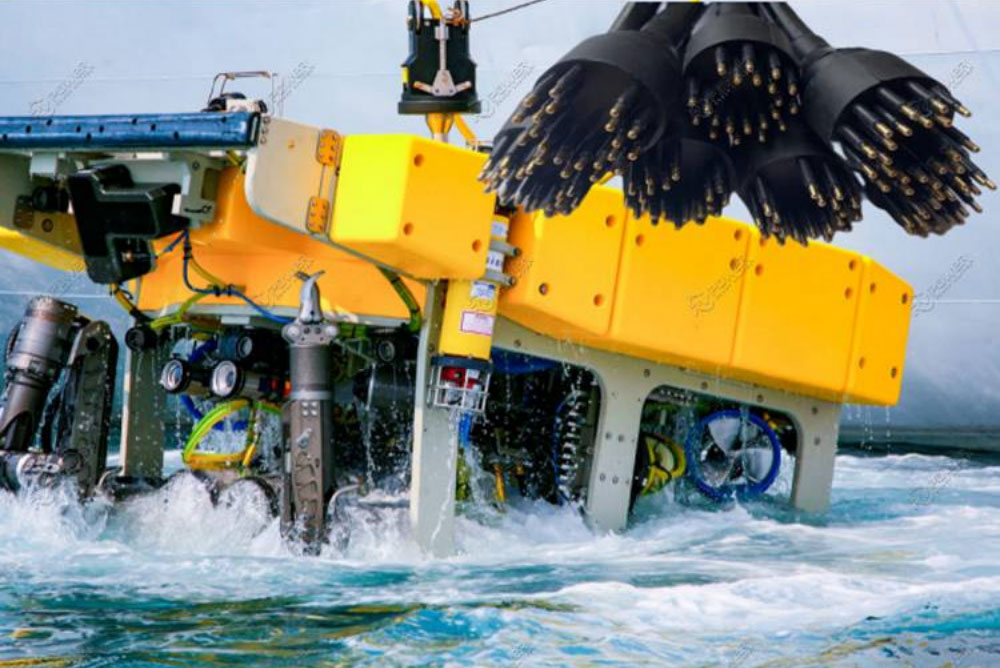Underwater Connectors – Key Component in Marine Equipment

Recent developments influencing subsea systems in general, and underwater connectors in particular, warrant an in-depth understanding and unbiased analysis. Transparency Market Research, in its new offering, draws attention to credible insights on the growth prospects of the underwater connectors market, which can assist stakeholders with value-creation and data-driven decision making.
Planning to lay down future strategy? Perfect your plan with our report brochure here
Past, Present, and Future Prospects of the Underwater Connectors Market
Underwater connectors have come a long way since their first use in the 1950s for connecting power cables to facilitate SONAR networks. Developments quickly moved ahead to ensure that underwater connection technologies were ready for the market, and patents began to appear. In 2018, the global sales of underwater connectors were valued at ~ US$ 1.8 Bn, and the establishment of technologically-advanced manufacturing facilities and distribution networks by key players continued to facilitate market growth.
Underwater connectors have enabled significant progress in the modularization of multiple systems in oil & gas, defense, and oceanographic industries. However, incorrect metal selection and installation could lead to connector corrosion, which continues to challenge manufacturers. Their capabilities have also been put to test, as certain limitations in the life cycle and design range of underwater connectors could result in operational challenges.
Trends Reforming the Underwater Connectors Landscape
The demand for underwater connectors is based on the growing dependence of subsea equipment – ranging from simple sonar to wave energy converters – on connectors for use, deployment, and maintenance. While the industry-wide prevalence of rubber molded connectors continues to influence growth strategies, manufacturers are focusing on boosting the production of underwater connectors based on inductive coupling to capitalize on data transfer-based applications and telecommunication industry. In addition, product development and innovation strategies are highly influenced by specific requirements for military systems and equipment.
With fiber optic cables replacing copper cables in the transatlantic subsea transmission conduits, product penetration – as far as underwater or subsea optical fiber connections are concerned – is likely to grow. TMR’s study also finds that, increasing investments in deep submergence science and research projects to collect and comprehend critical information about the ocean ecology will create potential business opportunities for the manufacturers of underwater connectors.
Want to know the obstructions to your company’s growth in future? Request a PDF sample here
Product Innovation and Development – Key Strategies